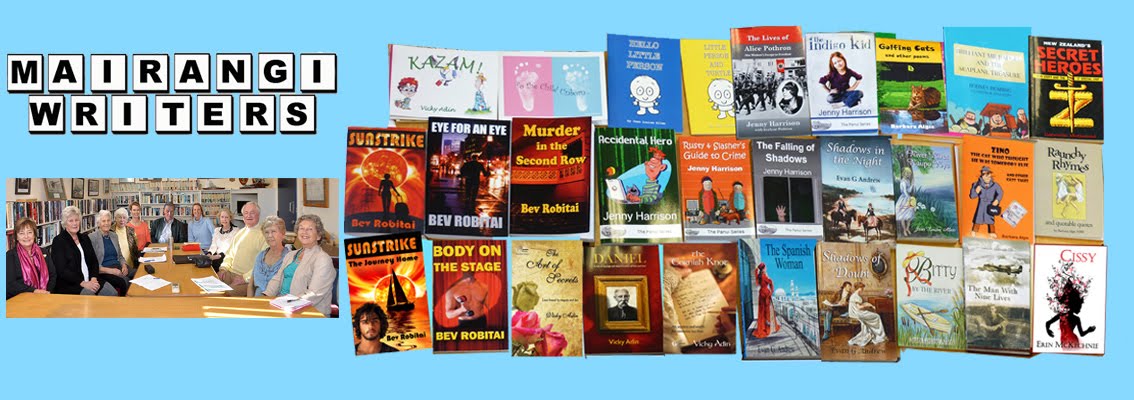They say that old age is
just a state of mind and that instead of worrying about the winter storms we should go dance with gay abandon in the
rain. Great advice for the young who manage the exotic Zumba moves and who are reasonably
well-acquainted with Gay Abandon. But that isn’t what I really wanted to chat about this week.
I’d like to talk about poetry
and how, in order to write it with feeling, it helps to have a spirit or muse take up residence in one’s heart. Unfortunately not all of us have a spirit or mythical muse jostling to book into substandard accommodation for as
long as it takes to provide some world-shattering words. The poets of the past not only had
a masterful command of the language but their ability to memorise their sonnets, ballads, etc. without
having to read them from a parchment scroll was mind-boggling. The memorising bit was
due, in no small part, to the rhythmic flow and rhyming of their verses. To merely read poetry from a
sheet of A4 deprives the listener of its emotion, mystery and romance. Ah – Eureka – perhaps
that’s it – the romance of yesteryear is long gone and doesn’t exist anymore. How about the first
two lines of the following three poems for starters to get you going?
1) ‘I sprang to the stirrup and
Joris and he
We
galloped, he galloped, we galloped all three’ (From ‘How they brought the good news from Ghent to Aix’ by Robert Browning). Read it and you feel you too are riding on horseback with the lads all the way.
2) ‘Is there anybody there said the traveller, knocking on the moonlit door
And his horse in the silence champed the grass of the forest’s ferny floor’
(From ‘The Listeners by Walter de la Mare). A poem about a mysterious and thought-provoking visitor.
3) ‘There are strange things
done in the midnight sun by the men who toil for gold
The
Arctic trails have their secret tales that would make your blood run cold’
(From ‘The Cremation of Sam McGree’ by Robert Service). Spooky and best recited round a campfire in the dead of night.
I don’t care if I’m just a
romantic ‘oldie’ who likes a good story, well told, and I don’t really mind if I get the thumbs down from the spirits and
muses of this world who simply refuse to whisper sweet nothings in my ear for me to pass on to
you. I would rather experience the thrill of meaningful words instead of being left hunting for the
cryptic crossword solution book.
Barbara Algie
